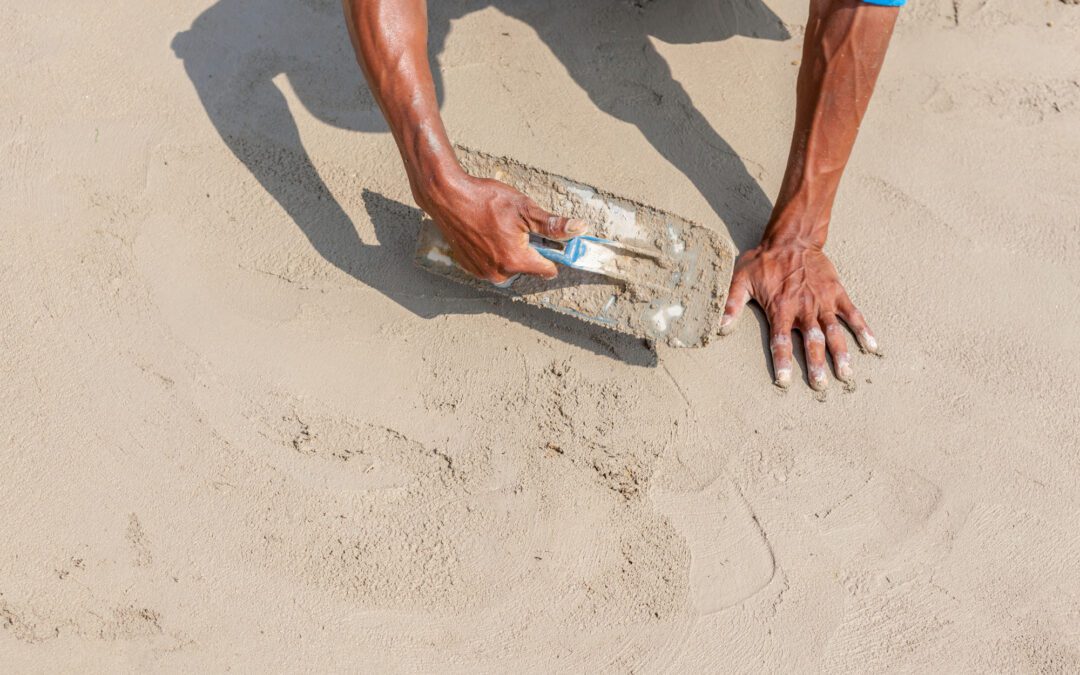Concrete floor coatings are dominating the $3.1 billion floor coating market. They’re one of the most popular types because of their appearance and durability. They can last for years with proper care.
There are several types of concrete coatings with different maintenance requirements. Read on to learn the do’s and don’ts of concrete protection regardless of which one you choose.
Do’s
Do Etch, Seal, and Finish
Etching is an important form of prep work for concrete. It makes it look better and protects it from stains. Opening up the pores also helps it bond with the paint.
Always cover your concrete with a protective sealant. It keeps water from getting into its pours and keeps it looking new.
There are acrylic resin and penetrating sealers. Do your research to find the best one and follow its instructions carefully. You may have to reapply it every few years.
When finishing, start with the edges first and work inwards. Try to do them all at the same time to avoid uneven textures or placements.
Do Keep it Clean
Concrete stains can leak into the pores and cause it to deteriorate. Clean them up as soon as possible with the right cleaners.
Do Prevent Water Damage
Water damage affects 14,000 Americans every day. 1 in 60 insured homes makes a claim for water or freezing damage every year.
That can translate to concrete damage when moisture seeps in. It can also keep paint from bonding to the concrete.
Avoid it by consistently checking for problems such as:
- Poor drainage
- Leaky pipes
- High water tables
Do Invest In a Quality Company
Hire a quality company to help you find the best concrete coating option and rely on them to help you maintain it. You’ll get much better results than trying to do it yourself.
Dont’s
Don’t Seal at the Wrong Time
Applying a sealer too infrequently won’t provide enough concrete protection. Applying it too often won’t damage it, but it is a waste of money.
Don’t Mix Sealers
Keep water and solvent-based sealers away from each other. Don’t mix water and water and solvent and solvent-based ones either if you want an effective seal.
Don’t Use Deicers
Deicing agents lower the temperature water freezes. They convert snow and ice into a brine that keeps thawing and refreezing throughout the year. This puts your concrete through more freeze-thaw cycles than it can handle, especially in cold climates.
Some deicers may even contain ammonium nitrates and ammonium sulfates that attack the concrete itself. Shovel the snow and ice and use sand instead.
Do Find the Right Place for Concrete Protection
Proper concrete protection keeps your coatings looking like new, and it begins from the day you install them. Remember to finish and etch them. Seal them with the right materials and at the right time. Get rid of spills and water damage as soon as possible.
Make sure a quality company is always on hand to help you. Years later, they’ll make sure it looks as wonderful as it did when they put it in.
Garage Force is here to install quality concrete floors in your home or garage. Book an appointment today.

